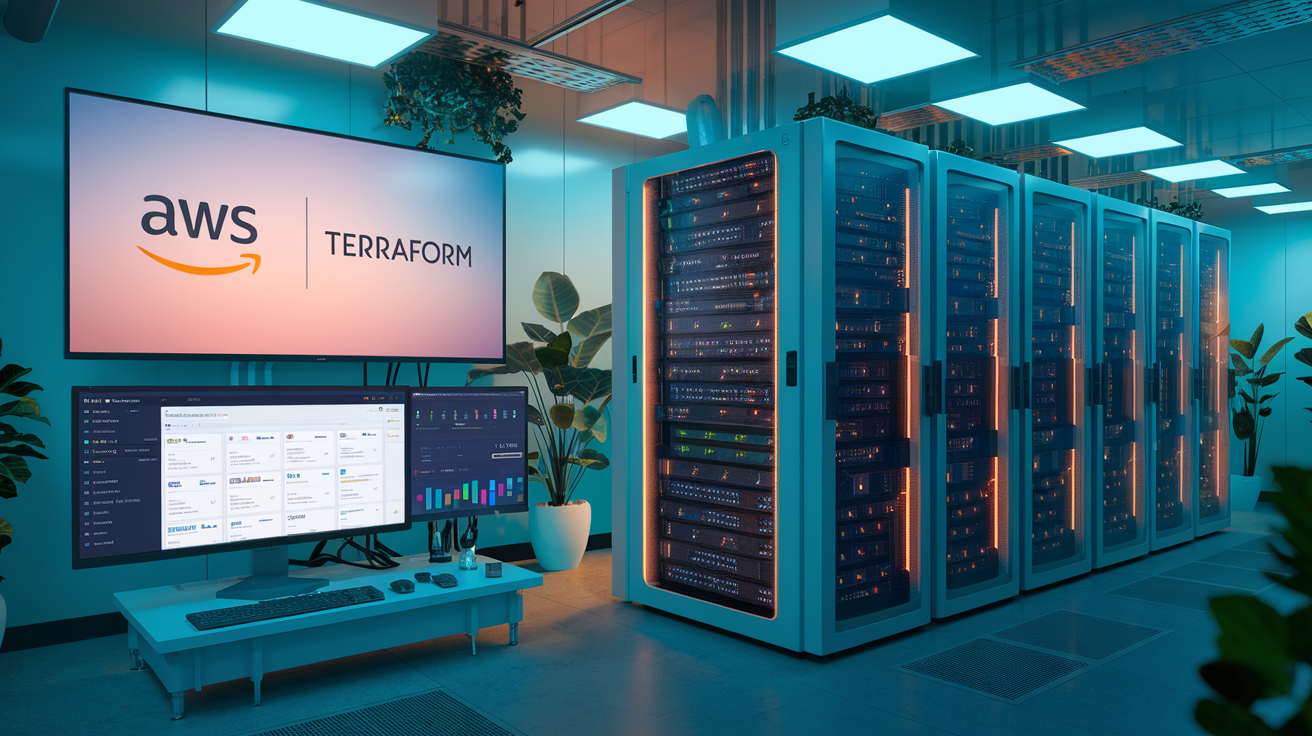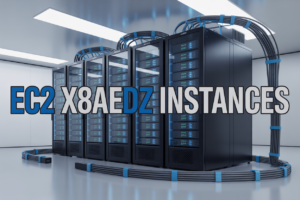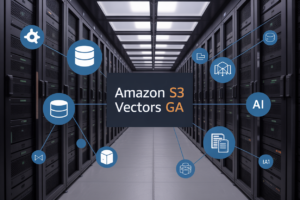Ever stared at a chaotic web infrastructure deployment and thought, “There has to be a better way than clicking through 37 different AWS console screens”? I’ve been there. Your team is counting on you, deadlines are looming, and manually setting up servers feels like building sandcastles at high tide.
That’s where Terraform comes in. This guide will show you exactly how to build configurable and clustered web servers with Terraform that scale reliably and deploy consistently.
Infrastructure as code isn’t just a buzzword for your LinkedIn profile. It’s the difference between spending your Friday night fixing production issues and actually having a weekend.
But wait—before you dive into the code samples below, there’s something most Terraform tutorials don’t tell you about state management that could save your entire architecture from collapse…
Understanding Terraform Basics for Web Infrastructure
Key Benefits of Infrastructure as Code for Web Servers
Ever tried managing servers manually? Total nightmare. With Infrastructure as Code, you’re basically writing down your entire server setup in files that can be versioned, shared, and reused. No more “it works on my machine” drama. Changes are tracked, deployments are consistent, and scaling up takes minutes instead of days.
Terraform vs. Other IaC Tools for Server Deployment
Terraform crushes the competition for web servers. Unlike Ansible, which focuses on configuration, Terraform manages the entire infrastructure lifecycle. CloudFormation? Sorry, AWS-only. Terraform works across clouds. Puppet and Chef require agents on servers. Terraform doesn’t. It’s declarative (you specify what you want) rather than imperative (step-by-step instructions).
Essential Terraform Components for Web Server Management
The building blocks of Terraform are dead simple: providers connect to your cloud platforms, resources define what you’re creating (like servers or load balancers), variables make your code flexible, and modules package reusable components. For web servers, you’ll lean heavily on compute resources, networking, and storage components.
Setting Up Your Terraform Environment
Getting started is a breeze. Download Terraform, add it to your PATH, and you’re rolling. Create a project directory, drop in a main.tf file, and initialize with terraform init. Configure your cloud provider credentials—AWS keys, GCP service accounts, whatever. Then run terraform plan to preview and terraform apply to launch your web infrastructure.
Designing Your Web Server Architecture
Designing Your Web Server Architecture
A. Single vs. Clustered Server Considerations
Picking between a single server and a cluster isn’t just about scale. It’s about sleep. Single servers are simple but fragile – one failure and you’re down. Clusters give you redundancy but add complexity. With Terraform, you can template either approach and switch when needed, making your architecture decision less permanent.
Creating Configurable Web Server Templates
Creating Configurable Web Server Templates
Building Reusable Terraform Modules
Ever tried building the same infrastructure over and over? Total nightmare. Modules are your best friend here. Think of them as Lego blocks for your infrastructure—snap together pre-built components instead of writing the same code repeatedly. Just package your web server configuration once, then reuse it across projects without breaking a sweat.
Implementing Server Clustering with Terraform
Auto-scaling Group Configuration
Tired of manually scaling servers when traffic spikes? Terraform makes this a breeze. Just define your desired capacity, min/max instances, and launch configuration in a few lines of code. Your infrastructure automatically scales based on CPU usage, network traffic, or custom metrics. No more 3AM panics when your site gets featured somewhere big.
Advanced Terraform Techniques for Web Infrastructure
A. Using Terraform Workspaces for Multiple Environments
Ever tried managing dev, staging, and production environments in one Terraform project? Workspaces make this a breeze. Just run terraform workspace new production and boom—separate state files without duplicate code. Switch between environments with a simple command and sleep better knowing your prod environment won’t break when you’re tweaking dev.
Real-world Deployment Scenarios
Real-world Deployment Scenarios
A. Deploying to Multiple Cloud Providers
Multi-cloud isn’t just a buzzword—it’s your safety net. Terraform shines here by letting you deploy identical infrastructure across AWS, Azure, and Google Cloud with the same configuration files. No more vendor lock-in nightmares or scrambling when outages hit your primary provider.
B. Hybrid Cloud Deployments with Terraform
Terraform doesn’t force you to go all-in on cloud. Need to keep sensitive data on-premises while leveraging cloud scalability? Terraform handles these hybrid scenarios beautifully, orchestrating resources across environments with consistent workflows that make your ops team actually smile.
C. On-premises and Cloud Integration Approaches
Your legacy systems aren’t going anywhere soon. Terraform bridges your on-prem data centers with cloud services through provider-specific connectors and data synchronization tools. The magic happens when you manage everything—from bare metal servers to serverless functions—using a single configuration language.
Monitoring and Managing Your Terraform Infrastructure
Monitoring and Managing Your Terraform Infrastructure
A. Infrastructure Monitoring Tools Integration
Connect Terraform with tools like Datadog, Prometheus, or Grafana to watch your infrastructure’s heartbeat in real-time. These tools give you instant visibility into performance bottlenecks, resource utilization, and potential failures before they impact your users. No more flying blind with your infrastructure!
B. Implementing Automated Rollbacks
Ever pushed a change that broke everything? Yeah, not fun. Set up automated rollbacks that trigger when predefined health checks fail. With Terraform’s state management, you can quickly revert to the last working configuration. Just add health checks to your deployment pipeline and sleep better at night.
C. Cost Management Strategies
Cloud bills giving you nightmares? Use Terraform to implement cost controls like auto-scaling during peak hours and scaling down during quiet periods. Tag resources properly for cost allocation, and leverage spot instances for non-critical workloads. Your finance team will actually smile at you for once.
D. Updating and Maintaining Your Infrastructure
Keep your infrastructure fresh with regular updates. Use Terraform workspaces to isolate environments and test changes before hitting production. Schedule maintenance windows using CI/CD pipelines for predictable updates. And please, document your changes – your future self will thank you.
Terraform empowers developers to architect sophisticated web infrastructure with unprecedented flexibility and control. From building configurable web server templates to implementing robust server clusters, Terraform provides the foundation for scalable, reliable web applications that can adapt to changing business needs. The advanced techniques and real-world deployment scenarios explored demonstrate how Terraform can transform infrastructure management from a challenging task into a streamlined, code-driven process.
As you embark on your infrastructure-as-code journey, remember that effective monitoring and management are essential components of a successful Terraform implementation. Whether you’re just beginning with basic web server configurations or advancing to complex clustered environments, the principles and practices outlined here will serve as valuable guideposts. Start small, iterate often, and leverage Terraform’s powerful capabilities to build web infrastructure that truly stands the test of time.



















